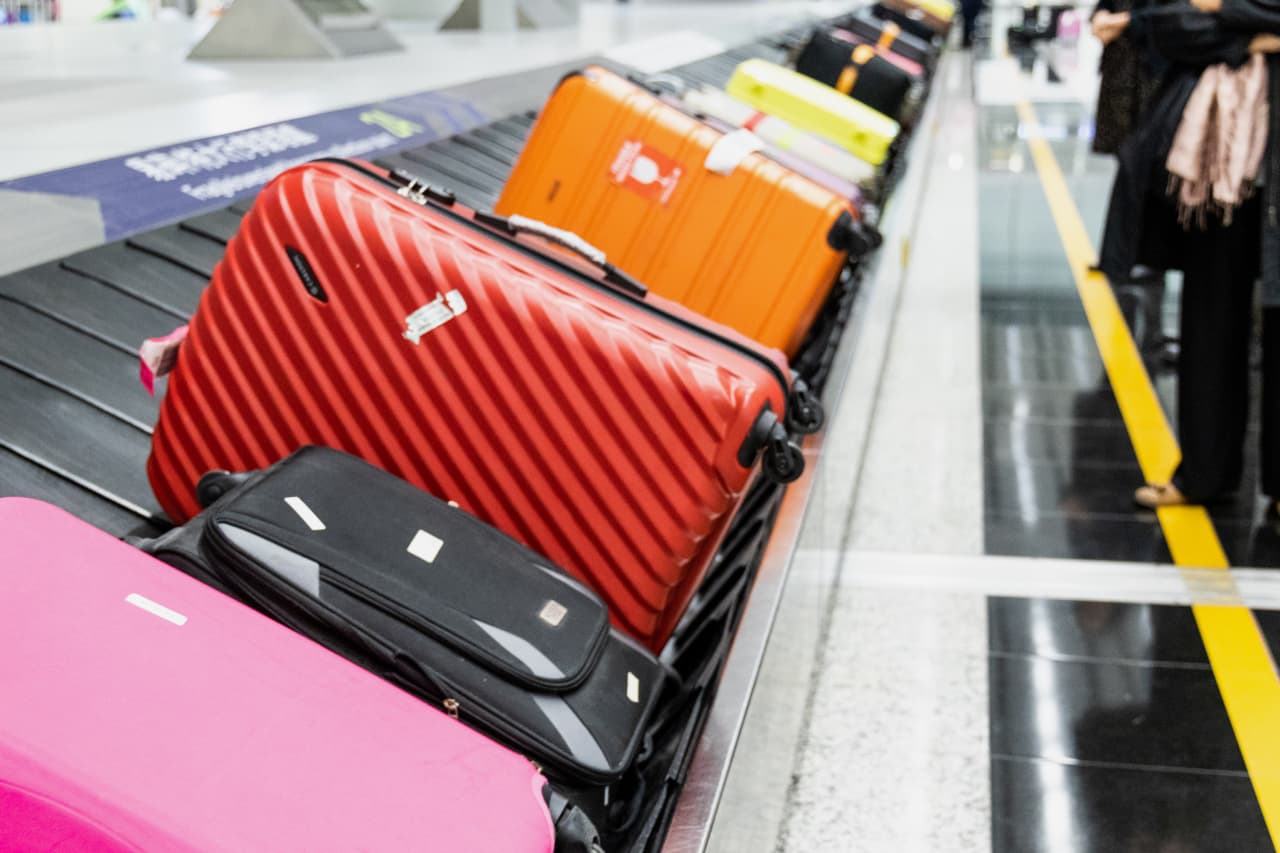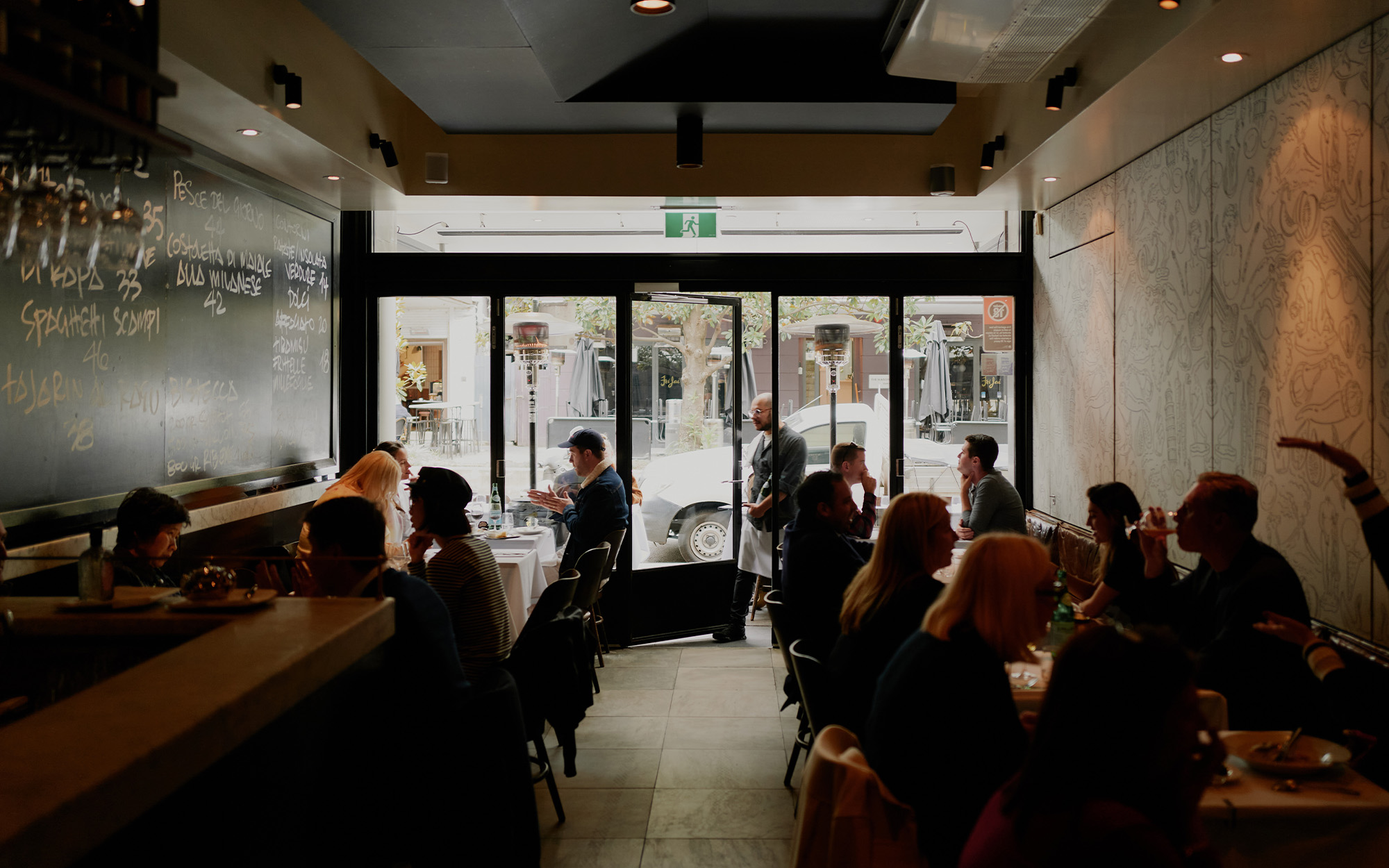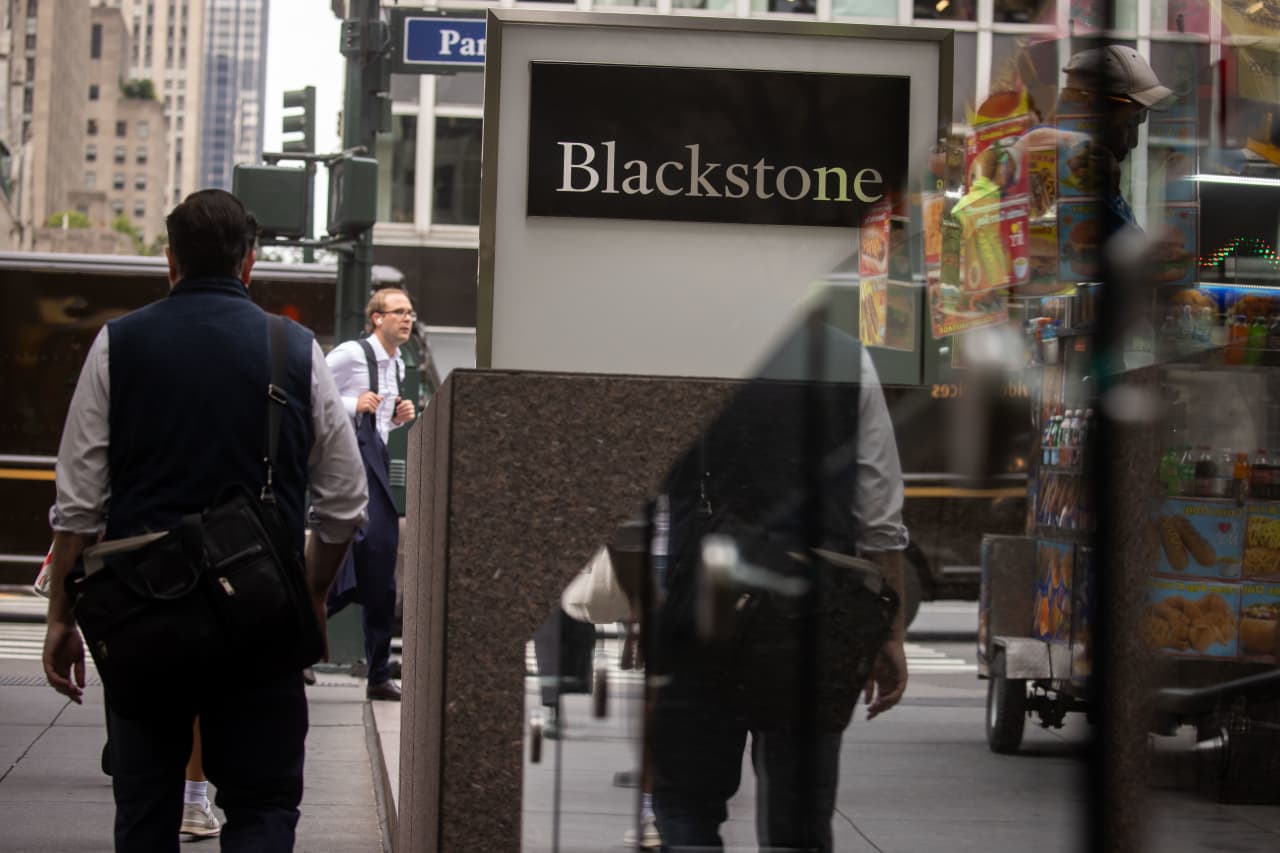Airlines Need to Boost Revenue. They’re Coming for Your Bags.
Airlines facing tough financial comparisons after a bumper year have a plan to boost revenue that fliers will hate. They’re raising the price of checking your bag.
Delta Air Lines , the latest company to announce a price hike, announced last week it was increasing the cost of a passenger’s first checked bag to $35 from $30 and a second bag to $45 from $40. The company last increased checked baggage fees in 2018. American Airlines and United Airlines made similar changes, raising baggage fees by about $5, and JetBlue Airways and Alaska Airlines have also raised prices.
Airline companies are dealing with a double whammy. Higher labour costs and an uptick in maintenance costs are eating into revenue. Meanwhile, domestic demand has softened , hitting pricing power for airlines.
Fees are a significant and growing source of revenue for airlines. U.S. airlines generated $6.8 billion from bag fees in 2022, according to the Bureau of Transportation Statistics , up from $5.3 billion in 2021. American Airlines generated $1.4 billion from baggage fees that year, which accounts for less than 3% of its 2022 revenue. United made $1.1 billion, or 2.6% of its 2022 revenue; Delta pocketed $980 million, or 2.1% of its 2022 revenue.
It’s likely those figures grew in 2023, a record-breaking year for travel with six of the 10 busiest days in U.S. aviation history, according to the Transportation Security Administration. With airlines hiking prices on the first checked bag by an average of 17%, that number could rise again this year.
That should help offset the decline in airfare. Ticket prices were 6% lower in January compared with the year-ago period, according to January’s consumer price index data. Online travel agency Hopper expects domestic fares to remain below 2023 and pre pandemic levels for at least the first half of the year.
Hopper’s lead economist Hayley Berg said more planes in the air have helped bring prices down. “Price relief on domestic airfare comes as domestic seat capacity has maintained at least a 5% lift over 2019 levels throughout 2023,” she said.
Ultimately, baggage fees account for between 2% and 3% of revenue for the largest U.S. airlines. But the market will be judging United, American, and Delta against a strong 2023, so every little helps. All three stocks have risen between 7% and 10% in 2024. And there are other more important factors, such as costs, demand, and capacity constraints, that will have a larger impact on earnings.
Of course, earnings aren’t the first thing on the minds of travellers who are now getting hit with higher fees.
 Copyright 2020, Dow Jones & Company, Inc. All Rights Reserved Worldwide. LEARN MORE
Copyright 2020, Dow Jones & Company, Inc. All Rights Reserved Worldwide. LEARN MORE
This stylish family home combines a classic palette and finishes with a flexible floorplan
Just 55 minutes from Sydney, make this your creative getaway located in the majestic Hawkesbury region.
Continued stagflation and cost of living pressures are causing couples to think twice about starting a family, new data has revealed, with long term impacts expected
Australia is in the midst of a ‘baby recession’ with preliminary estimates showing the number of births in 2023 fell by more than four percent to the lowest level since 2006, according to KPMG. The consultancy firm says this reflects the impact of cost-of-living pressures on the feasibility of younger Australians starting a family.
KPMG estimates that 289,100 babies were born in 2023. This compares to 300,684 babies in 2022 and 309,996 in 2021, according to the Australian Bureau of Statistics (ABS). KPMG urban economist Terry Rawnsley said weak economic growth often leads to a reduced number of births. In 2023, ABS data shows gross domestic product (GDP) fell to 1.5 percent. Despite the population growing by 2.5 percent in 2023, GDP on a per capita basis went into negative territory, down one percent over the 12 months.
“Birth rates provide insight into long-term population growth as well as the current confidence of Australian families,” said Mr Rawnsley. “We haven’t seen such a sharp drop in births in Australia since the period of economic stagflation in the 1970s, which coincided with the initial widespread adoption of the contraceptive pill.”
Mr Rawnsley said many Australian couples delayed starting a family while the pandemic played out in 2020. The number of births fell from 305,832 in 2019 to 294,369 in 2020. Then in 2021, strong employment and vast amounts of stimulus money, along with high household savings due to lockdowns, gave couples better financial means to have a baby. This led to a rebound in births.
However, the re-opening of the global economy in 2022 led to soaring inflation. By the start of 2023, the Australian consumer price index (CPI) had risen to its highest level since 1990 at 7.8 percent per annum. By that stage, the Reserve Bank had already commenced an aggressive rate-hiking strategy to fight inflation and had raised the cash rate every month between May and December 2022.
Five more rate hikes during 2023 put further pressure on couples with mortgages and put the brakes on family formation. “This combination of the pandemic and rapid economic changes explains the spike and subsequent sharp decline in birth rates we have observed over the past four years,” Mr Rawnsley said.
The impact of high costs of living on couples’ decision to have a baby is highlighted in births data for the capital cities. KPMG estimates there were 60,860 births in Sydney in 2023, down 8.6 percent from 2019. There were 56,270 births in Melbourne, down 7.3 percent. In Perth, there were 25,020 births, down 6 percent, while in Brisbane there were 30,250 births, down 4.3 percent. Canberra was the only capital city where there was no fall in the number of births in 2023 compared to 2019.
“CPI growth in Canberra has been slightly subdued compared to that in other major cities, and the economic outlook has remained strong,” Mr Rawnsley said. “This means families have not been hurting as much as those in other capital cities, and in turn, we’ve seen a stabilisation of births in the ACT.”
This stylish family home combines a classic palette and finishes with a flexible floorplan
Just 55 minutes from Sydney, make this your creative getaway located in the majestic Hawkesbury region.






















